Thriving After Vacation: Reactivating Kefir, Kombucha, and Sourdough

You are back from your vacation and your cultures have been waiting patiently for you to start fermenting again. If you followed our tips on how to make sure your milk kefir grains, water kefir grains, kombucha and sourdough starter can happily survive a certain period of time without regular feedings, you are now probably excited to start again.
In this detailed guide, we’ll provide distinct and specific tips for each fermentation culture to ensure they thrive upon your return.
1. Milk kefir grains
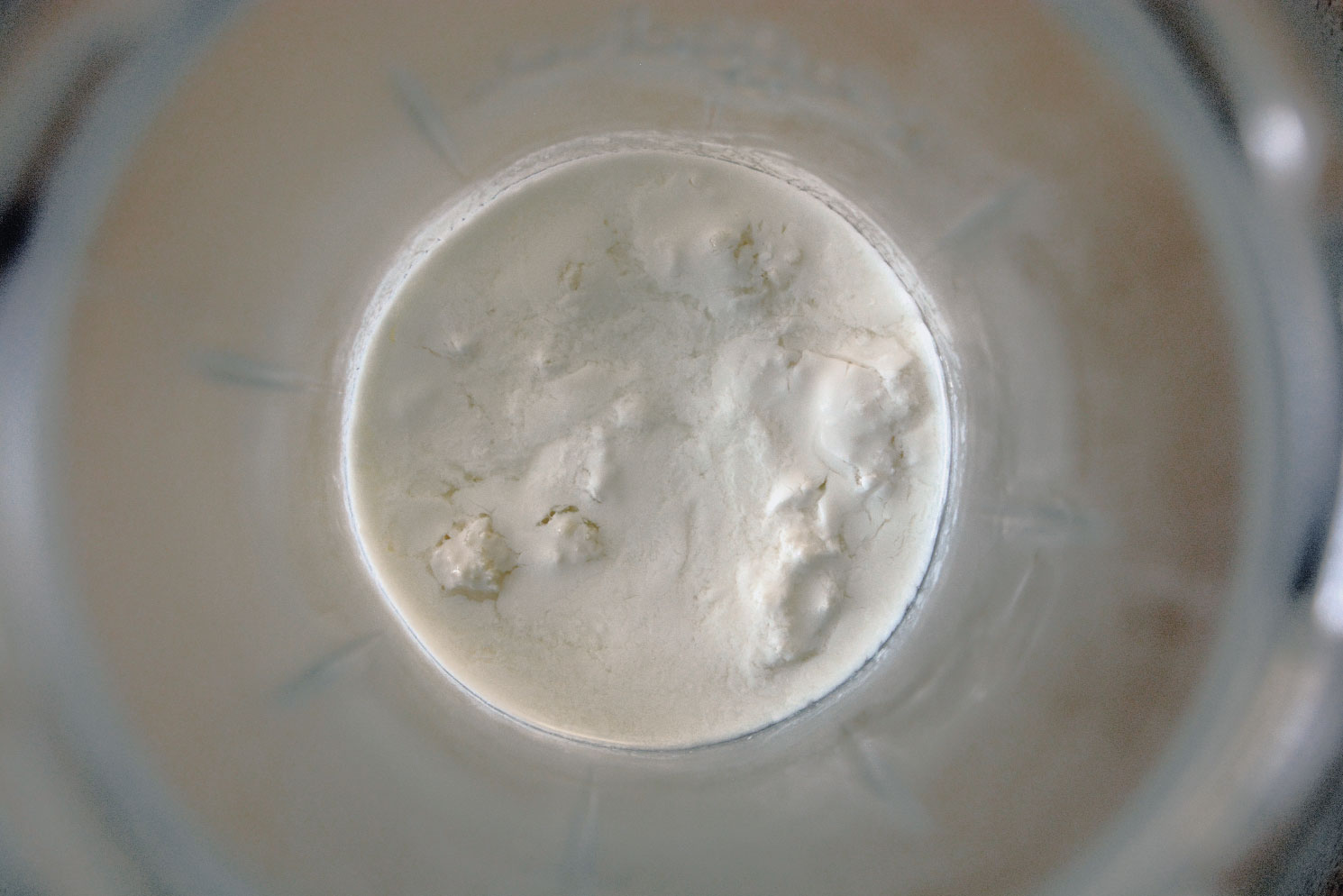
Milk kefir grains are very durable and adaptable but they need some care after a period of dormancy in the refrigerator. Make sure you consider these tips:
- Slow transition: Take them out of the fridge and let them sit at room temperature for a few hours.
- First feeding: Put the grains in a clean jar and add a small amount of room temperature milk, just to cover the grains.
- Fermentation: Leave the grains to ferment at room temperature for 12 to 24 hours. In this time check for changes in texture, taste and smell. If it does not thicken in this time or becomes tangy in flavour, leave it for another 12 to 24 hours. Then strain the grains and discard the fermented milk.
- Increase quantity: Over the next few days use more milk for each feeding until you reach the desired volume. For example on the second feeding double the feeding, on the third add 50% of the existing quantity …
The timeline depends on the grains, if they were dormant for a long time, activation will take longer too.
2. Water kefir grains
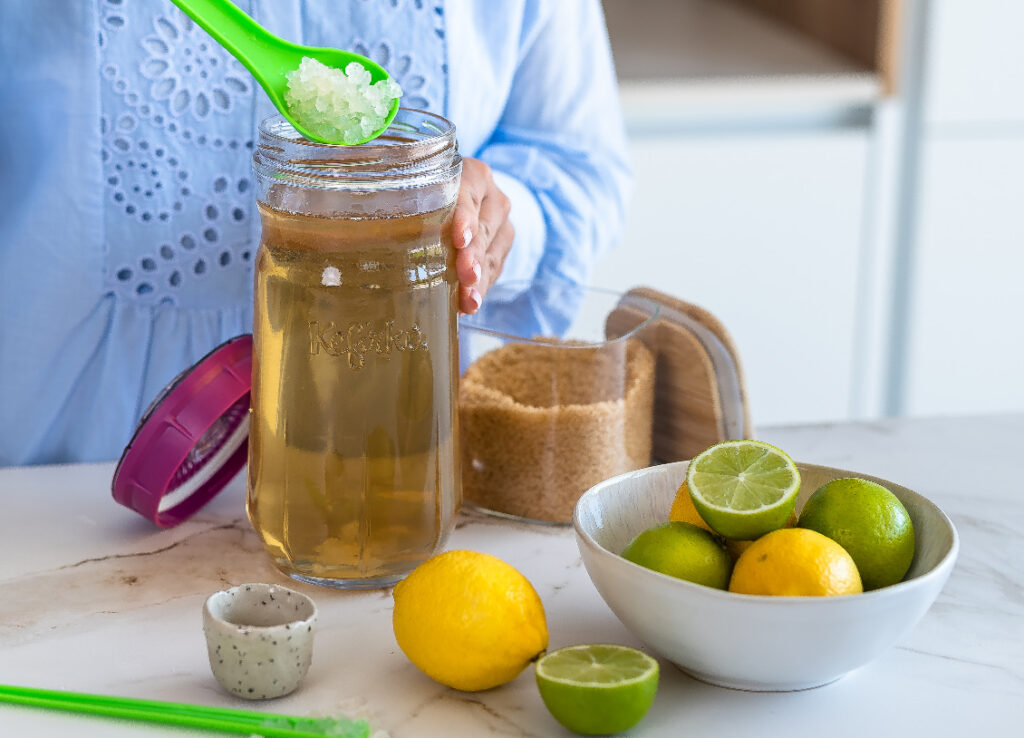
They usually take longer to activate than milk kefir grains but it’s worth it as they will reward you with refreshing beverages.
- Slow transition: As with milk kefir grains, water kefir grains need to adapt to room temperature too.
- Sweet water: Dissolve sugar in water with 1:20 ratio – about 5g sugar in 100ml water. Use enough solution to totally cover the grains and a bit more (1 or 2 fingers above).
- Fermentation: Wait for 24-48 hours for fermentation to start. Watch for signs of activity: bubbles, water is less sweet, specific tangy smell.
- Increase volume: After a successful first fermentation gradually increase the volume of sweetened water until you reach the desired volume.
3. Kombucha SCOBY
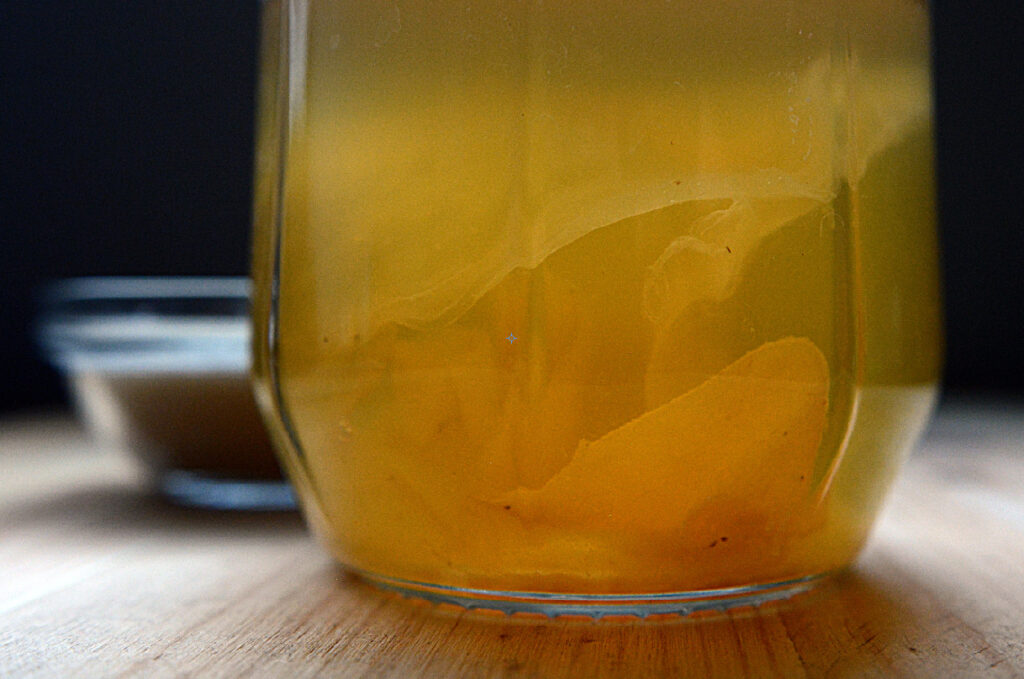
You are wrong believing that nothing can go wrong with kombucha culture. Long periods of starvation can harm certain microorganisms in the SCOBY too.
- Brew tea: Make sweetened black or green tea that you usually ferment kombucha with.
- Prepare for fermentation: If you usually use 10% of starter for brewing kombucha now use 20% of starter with sweet tea. So, if you have 200ml of kombucha and SCOBY, you can use 800ml of sweetened tea with this.
- Ferment: The tea should ferment in 7-10 days. Liquid should become more tart and cloudy.
You are looking for a perfect balance of sweet-tart taste. The next batch can be made as usually with less starter or shorter fermentation time.
3. Sourdough starter
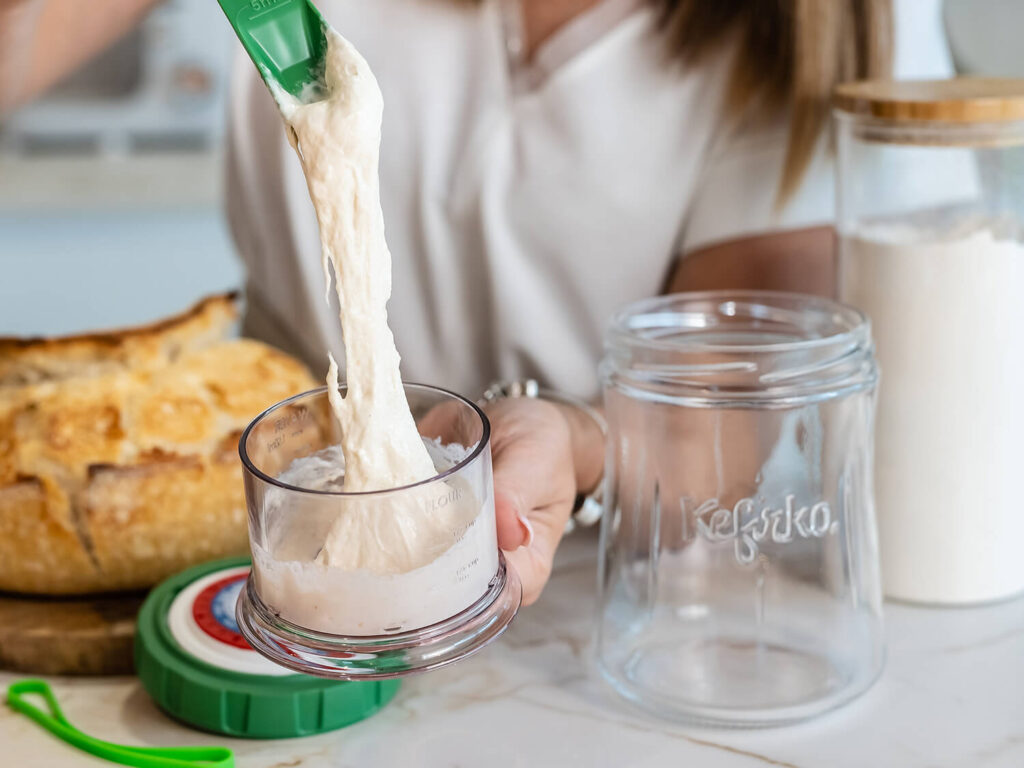
This culture is probably the most sturdy of them all and can withstand the longest periods of dormancy. Still, there are some things you need to take into account when activating it.
- First feeding: Before first feeding make sure the starter warms up to room temperature. Then you can add the same amount of water and flour as your mass is. For example, if you stored 50g of starter, feed it with 50g water and 50g flour and mix well.
- Fermentation: Ferment at room temperature 12-24 hours or until it doubles in size. If there are not a lot of bubbles or it does not double in size quickly, you can repeat this once more before baking.
Rising and bubbles are the most distinctive signs of a working starter. If you can detect this with your starter in several consecutive feedings, you will have a strong active starter that will help you bake delicious bread.
Each type of culture, whether milk kefir grains, water kefir grains, kombucha SCOBY, or sourdough starter, requires specific care and gradual reintroduction to their regular routines. With proper care, you’ll soon be enjoying delicious, probiotic-rich creations once again.



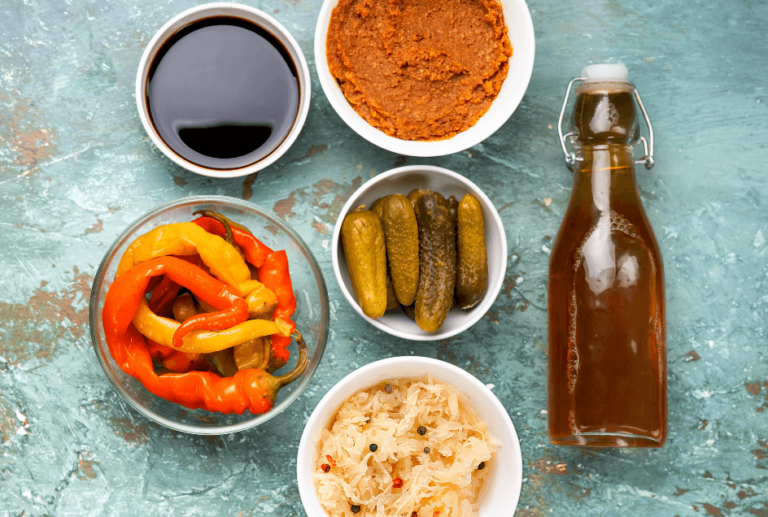
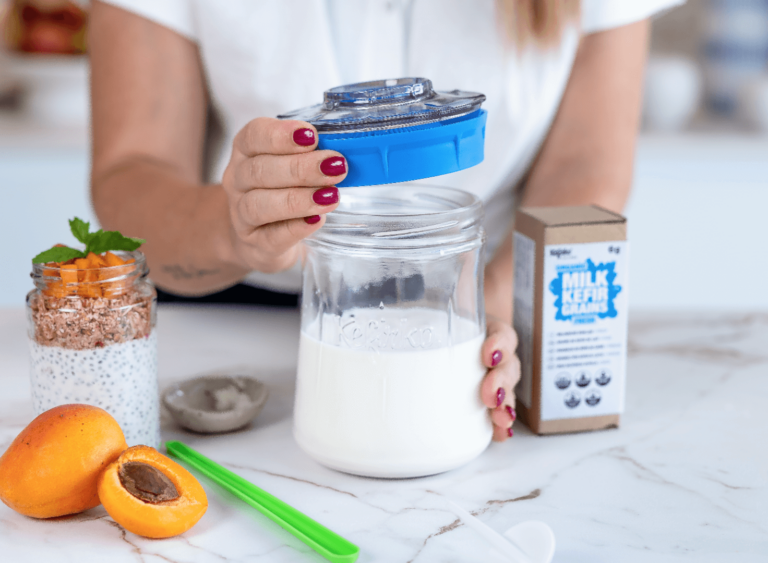
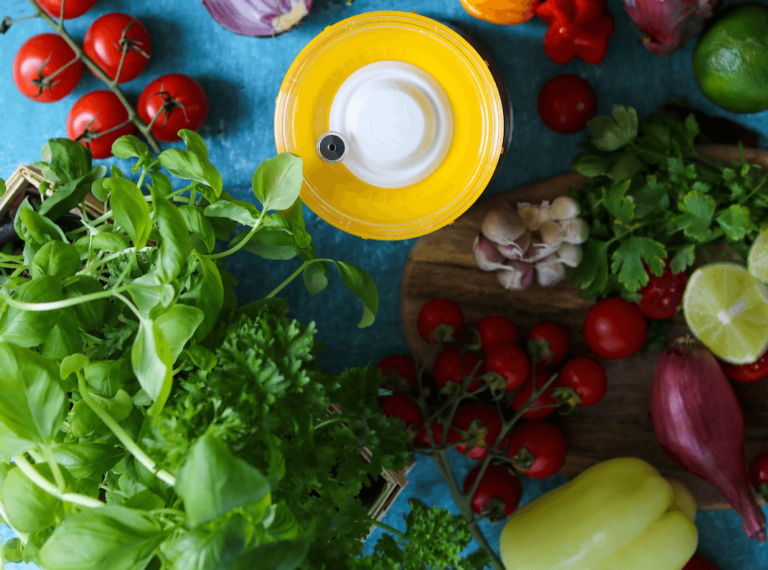
Are you able to please offer information on coconut milk kefir too. There doesn’t seem to be much available.
Sure, here is some content: Coconut kefir and Vegan kefir
Storing the grains is the same as with milk kefir grains or water kefir grains.
Are you able to please offer information on coconut milk kefir too. There doesn’t seem to be much available.
Sure, here is some content: Coconut kefir and Vegan kefir
Storing the grains is the same as with milk kefir grains or water kefir grains.